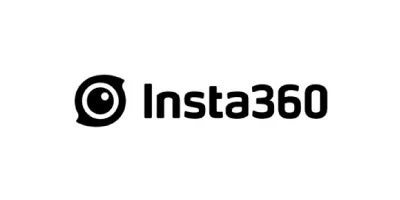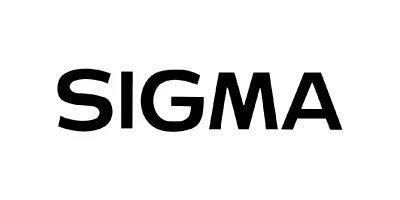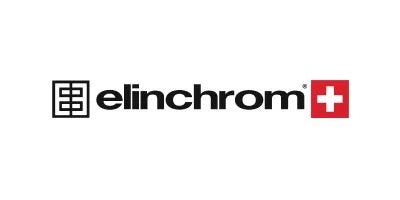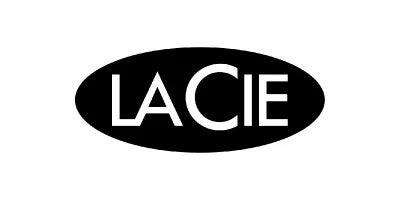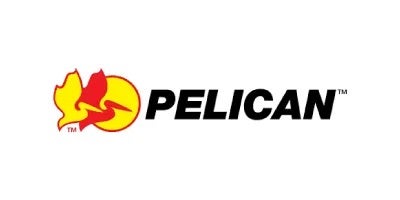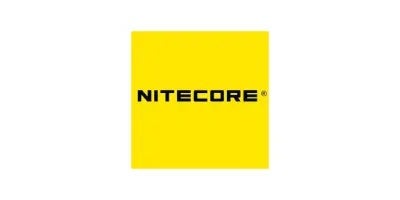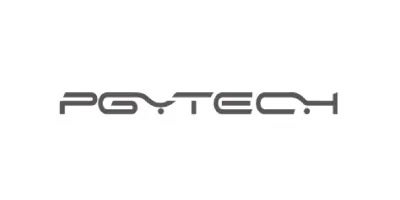Picture Controls and Imaging Recipes that support your creativity
The Nikon Z50II supports Imaging Recipes that provide opportunities to discover and try new styles of imaging expression using Nikon Imaging Cloud. Not only can users save their own adjustments to color, brightness, contrast, etc. as recipes, but they can download colour presets recommended by Nikon or carefully crafted by established creators to the Z50II (free of charge) and save them as Cloud Picture Controls.
In addition, a new Picture Control button has been added to the camera, allowing users to access a wide range of color presets in just one step. Users will enjoy the convenience of being able to quickly change the active Picture Control while shooting, even in AUTO shooting mode. Recipes downloaded and saved to the camera can also be used immediately, making it as easy to enjoy more diverse imaging expression as it is to change film or filters.
A new Picture Control filtering function that displays the most frequently used items has also been added, allowing users to quickly access their favorite imaging styles. The effects of Picture Controls can be previewed in the live view display in the camera monitor or electronic viewfinder (EVF), making it possible for users to achieve images just as they intended.
The Z50II is equipped with the same EXPEED 7 image-processing engine as the Z9. In addition to supporting the same nine types of subject detection as our flagship model, the performance of [AF-A], which automatically sets the AF mode in accordance with subject movement and changes in composition, has greatly increased. The camera can focus on the intended subject without any adjustment of settings, even when photographing subjects whose movements are unpredictable, such as pets and children.
When operating in AUTO shooting mode, utilisation of EXPEED 7’s superior image-processing performance and Nikon’s proprietary deep learning technology makes it possible for the camera to analyse and recognise the subject and scene, and then to automatically optimise AF, flash control, and exposure control values such as aperture, shutter speed, and ISO sensitivity settings. By simply holding the camera and releasing the shutter at the desired moment, users can expect to capture photos in ways suited to the scene, such as those with beautiful background bokeh or sharp photos with little subject blur.
Key Features of the Nikon Z50II with NIKKOR Z DX 18-140mm f/3.5-6.3 VR Lens
- Enhanced video performance for full-scale video recording
- High-luminance EVF for brighter and clearer viewing
- Equipped with a Pre-Release Capture function capable of recording images buffered up to one second before the shutter-release button is fully pressed.
- Coverage of the wide ISO 100–51200 range of standard sensitivities for less noise and sharper rendering of textures and details than the Z50.
- Equipped with a built-in flash useful in backlit situations or in dark surroundings such as when shooting night landscapes.
- Electronic VR that is more powerful than that of the Z50.
- Support for Hi-Res Zoom , which allows users to zoom in on their subject with no loss in image quality with video recording, even when using a prime lens.
- A REC lamp that immediately notifies the user and the subject when video recording is in progress.
- Equipped with a large and clear vari-angle monitor with a touch screen for intuitive operation.
- With still-image photography in vertical orientation, the monitor’s user interface and the EVF information display automatically rotates to vertical orientation, making it easier to check and operate the information display.
- A superior design and operability inherited from higher-end models support smooth settings changes and operation.
Enhanced video performance for full-scale video recording
The EXPEED 7 image-processing engine supports the creation of high-resolution 4K UHD video with 5.6K oversampling . It also supports the recording of N-Log video that offers subtle and rich tonal gradation, enabling high-quality video recording. Furthermore, the Z50II is the first Nikon camera to feature a product review mode that focus on objects in the foreground, as well as a video self-timer function that allows the user to specify an interval of [2 s] or [10 s] before recording begins after the record button is pressed. This simplifies the editing process by eliminating unnecessary footage in advance, which is very useful when recording review videos and vlogging. In addition, support for USB streaming (UVC/UAC) allows users to easily deliver clear images with online meetings and live video streaming by simply connecting the camera to a computer or smartphone.
High-luminance EVF for brighter and clearer viewing
At 1000 cd/m2, the EVF built into the Z50II is roughly twice as bright as that built into the Nikon Z50 (released in November 2019), allowing users to easily check focus and details at the edges of the frame, even in bright surroundings such as outdoors on a sunny day. Reducing the difference in brightness between the viewfinder display and that visible with the naked eye makes it easier for users to achieve the desired images. It also reduces eye strain and fatigue with shooting. The bright EVF supports the experience unique to cameras of looking through a viewfinder to shoot and allows users to concentrate on the subject and scene in front them for more enjoyable shooting.
- MPN - VOK150ZA
- GTIN - 4960759916969








